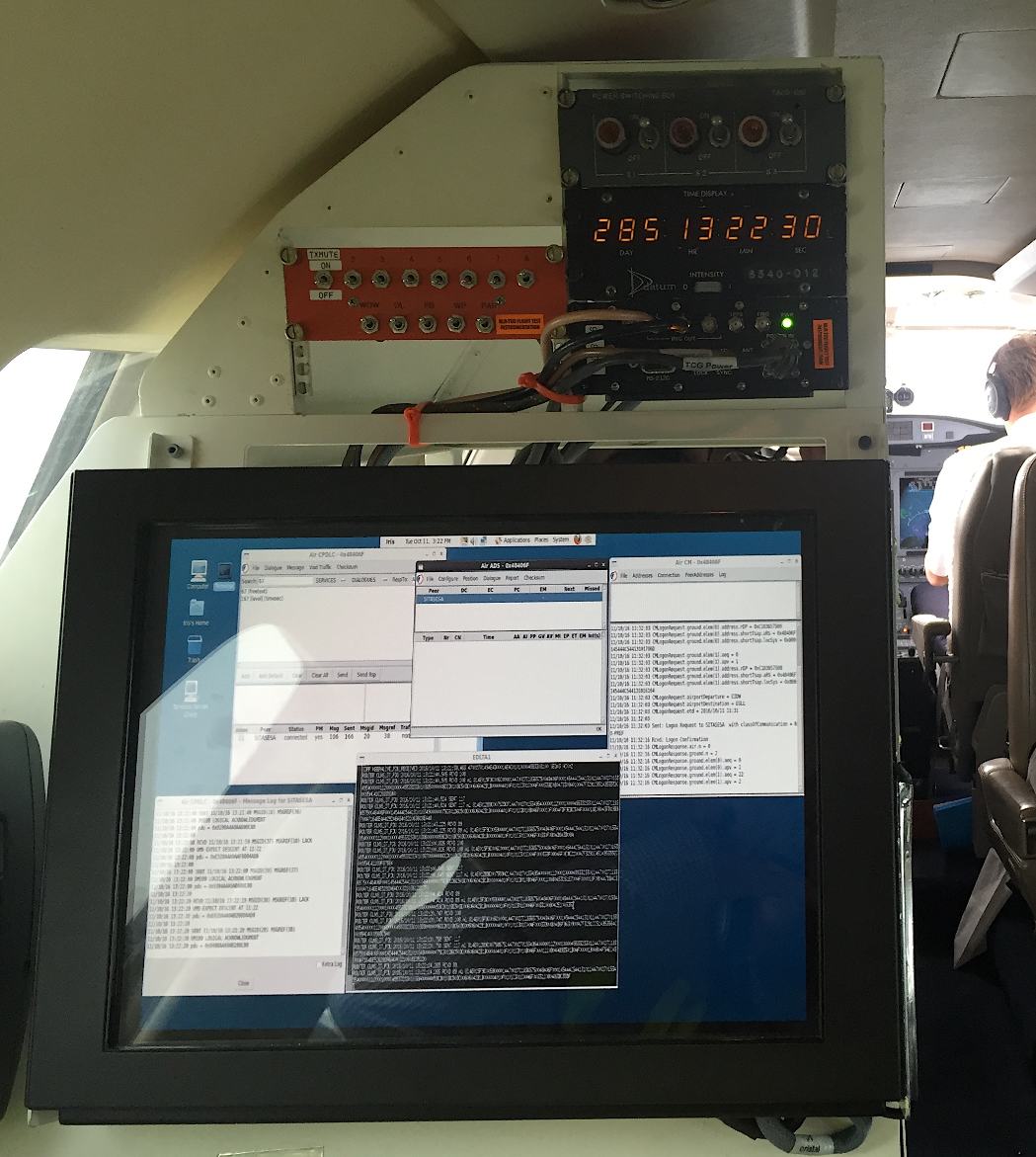The European Space Agency (ESA) has completed initial flight trials using satellites to enhance air traffic management in Europe. The trials are part of a public–private partnership between ESA and UK satellite operator Inmarsat to deliver high-capacity secure digital data links via satellite for air–ground communications for cockpit crews in European airspace under ESA’s Iris Precursor programme.
By 2019, Iris Precursor will provide air–ground communications for initial ‘4D’ flight path control, pinpointing an aircraft in four dimensions: latitude, longitude, altitude and time. This will enable precise tracking of flights and more efficient management of traffic.
An aircraft from the Netherlands Aerospace Centre carried a prototype Iris terminal connected to Inmarsat’s next-generation SwiftBroadband-Safety satellite service as it took off from Amsterdam.
During four flights to different destinations in Europe, the connection between the aircraft and ground networks was tested extensively and air traffic control messages were exchanged. The connection was maintained even when the aircraft switched satellite beams.
These flight trials complement a separate test flight by Airbus with Inmarsat and other partners in March this year, providing initial 4D flight path control and data link communication exchanges between the pilot and air traffic control.
At the end of next year, Inmarsat plans a second phase of flight trials to validate the Iris technology. The next step is to use Iris on commercial flights in a real air traffic management environment.
Iris is part ESA’s collaboration with the Single European Sky effort of the European Commission, Eurocontrol, airport operators, air navigation providers and aerospace companies in a push to boost efficiency, capacity and performance of air traffic management worldwide.

